If you are a fan of snowshoes padel you have inevitably heard of the different carbons that are found on the faces of your palas. Fabric 1K, 3K, 12K, 24K… Difficult to navigate and understand well because we hear very different things, even completely contradictory. We take stock.
First of all let us recall the definition of this K that we see everywhere on the descriptions of the rackets of padel. For example, in the case of a carbon fabric made with 1K threads: each strand of the weft and the warp will be made of 1000 carbon fiber filaments. As for 24K yarn, that's 24000 filaments per strand.
In order to fully understand the differences between these fabrics, we contacted Christian ramirez, Head of Marketing at Castro Composites, a company that knows the world of padel since it supplies different brands of materials.
1K, 3K, 12K,… 24K carbon: which one is more rigid?
We asked Christian a very simple question: “If we take two similar rackets: same mold, same resin, same foam etc., but one benefits from 1K carbon on the sides while the other is equipped with carbon. 24K, which of the two will be harder?"
Here is his response: “the one with the 24K carbon on the sides will be the hardest because the 24K carbon fabric consists of a much higher number of filaments, so the laminate is thicker, and the thicker you get, the more rigidity you have. ”
So here is a simple answer that puts an end to this debate. It is therefore understood that among the carbons currently used on the racket market padel, 24K will be harder than 12K, itself harder than 6K etc. Finally, 1K carbon will be the most flexible.
Other things to consider
The quality and feel of your pala does not depend on the number of Ks alone. First if we are to believe the study carried out by researchers from the Polytechnic University of Valencia, it's good the foam which has the most influence on the behavior of a racquet.
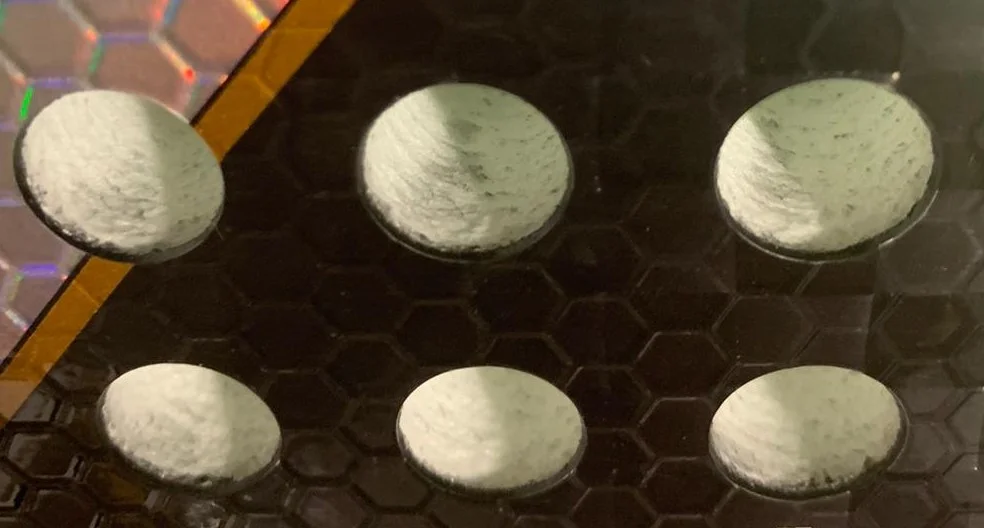
Thus, a racket with 24k carbon and FOAM foam will be less rigid than a racket with EVA Hard foam and 1k carbon. Manufacturers use heaps of mixtures to create unique palas. We often notice that carbon is combined with other more tenacious materials (less rigid, but which accept greater deformations) such as fiberglass, aramid or innegra, largely to provide more solidity in the racket. This also has the effect of reducing the stiffness of the carbon a little on the touch of the ball.
On the other hand, as Christian Ramirez says: “Not all carbons are created equal in terms of quality and resistance”. To do this, make sure you buy rackets from brands known to use only the most reliable materials on the market. (Don't hesitate to take a look at what the partner brands of Padel Magazine).
Finally, Christian insists that resin plays an important role in the behavior of a pala : “If a manufacturer uses a semi-rigid epoxy resin, like the Resoltech 1050, they will get a much drier feel on their pala than if they use a more flexible resin, like the Resoltech 1020. So a racket with 24k carbon on the sides and a Resoltech 1050 resin will be much harder than a pala with 1k carbon on the sides and a Resoltech 1020 resin! “
To conclude, as our pala specialist says Stéphane Penso : “As a tester, I have always noticed that at equal foam, a pala with 18k or 24k carbon was always stiffer than one with 1k or 3k carbon, which offers more power but less bullet output. . You have to keep in mind anyway that carbon is not the only element that will determine the touch of a pala! In short, nothing replaces the test! “
Fan of padel, Stéphane has become the official tester of the planet padel in Europe. Everything goes through his expert hands. Thanks to his extensive experience in the snowshoeing world, he is able to scan your gear from head to toe!




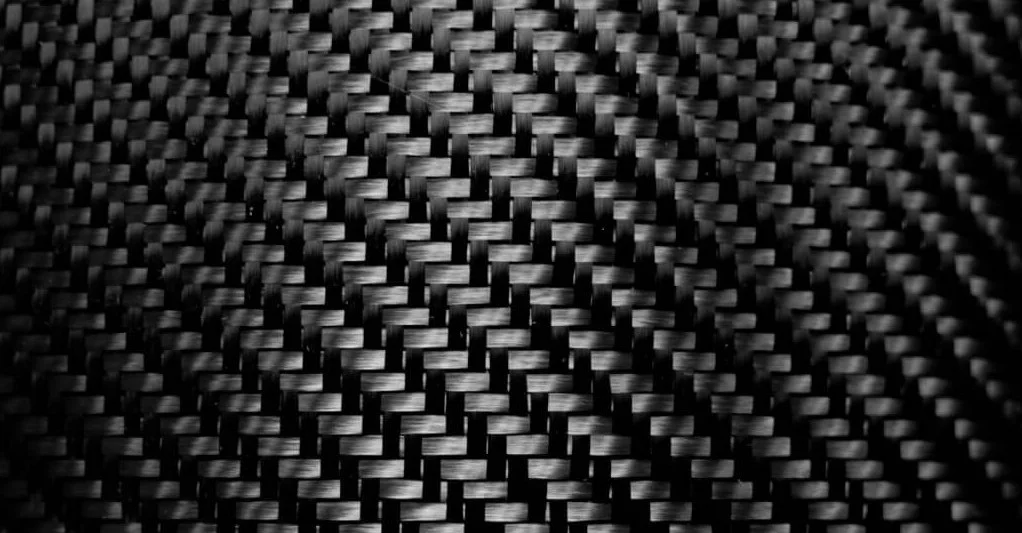
















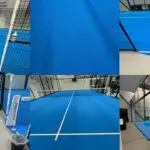

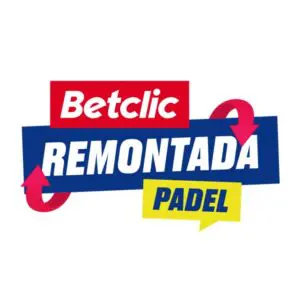










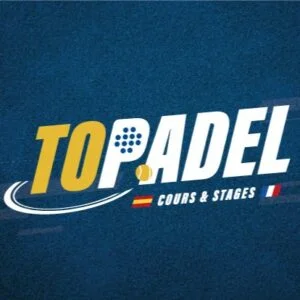



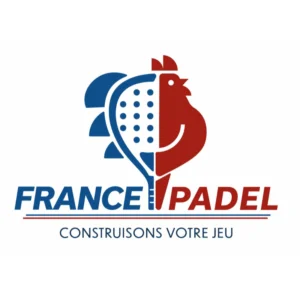





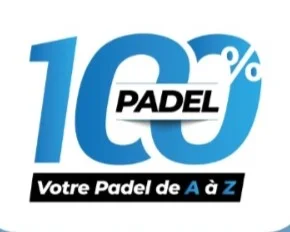
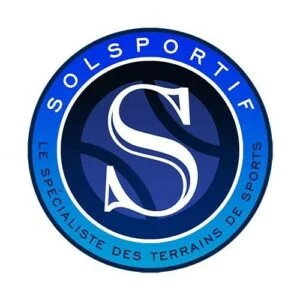
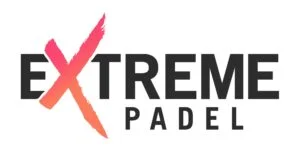








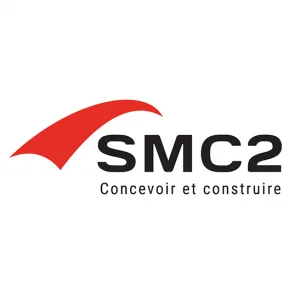


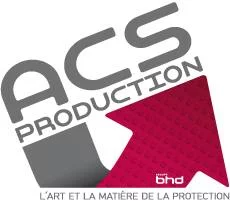







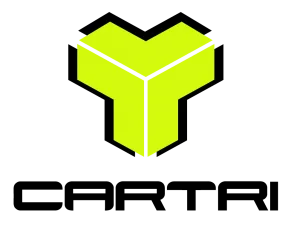

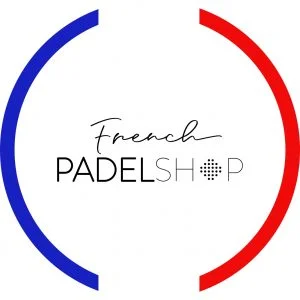

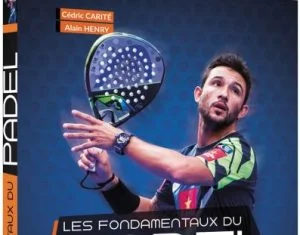




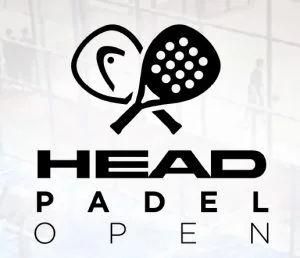




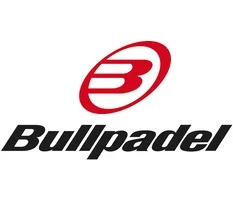
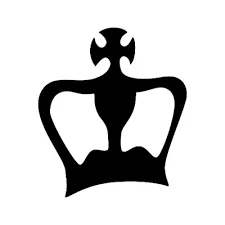



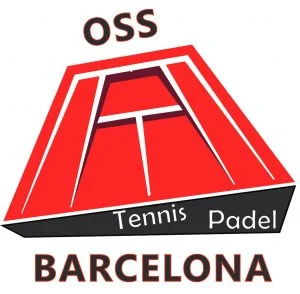
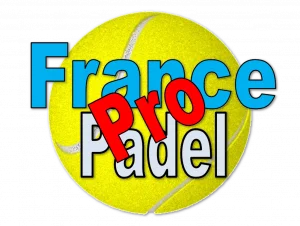




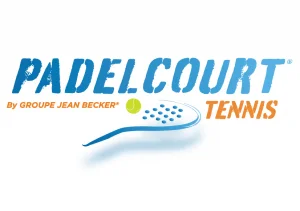
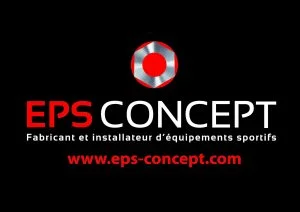
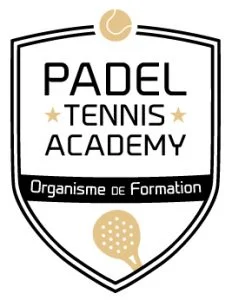


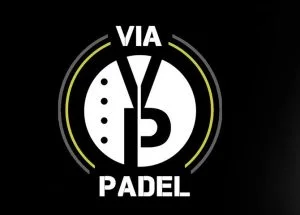




 It’s off to a bad start for Pincho Fernandez and Javier Barahona…
It’s off to a bad start for Pincho Fernandez and Javier Barahona…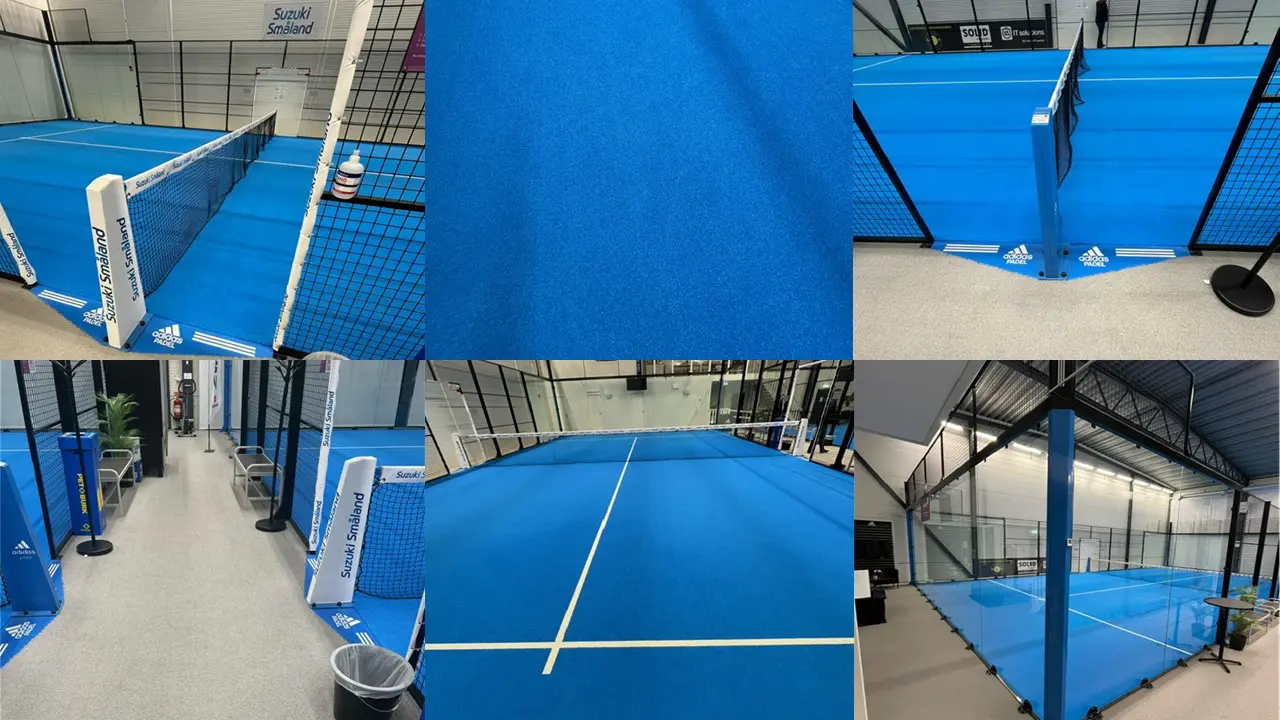 Occasions – Two tracks of padel premium available for sale for €25.000
Occasions – Two tracks of padel premium available for sale for €25.000 Padel Score comes to Tahiti for American Express Padel Cup!
Padel Score comes to Tahiti for American Express Padel Cup!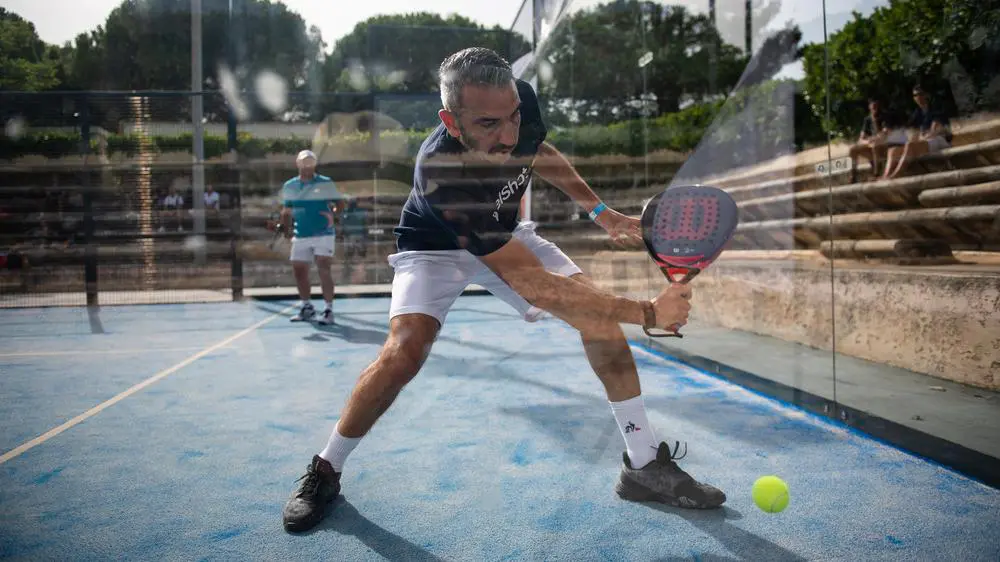 Simon Boissé: “We know that there are two nations in front of us”
Simon Boissé: “We know that there are two nations in front of us”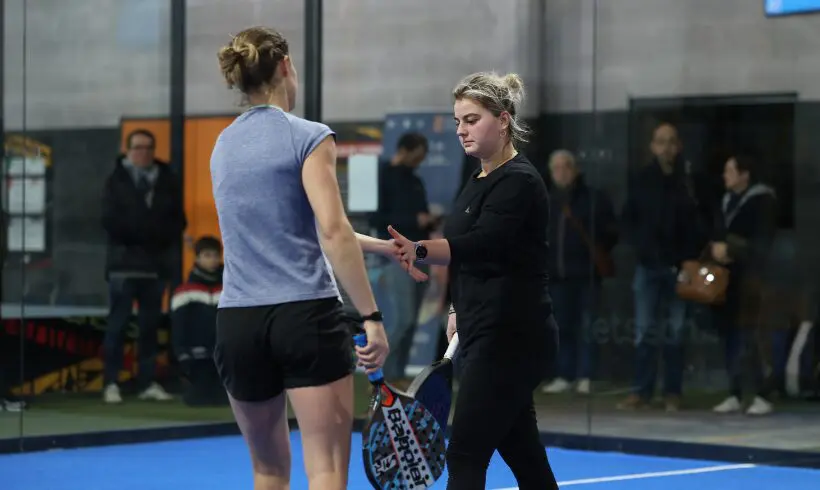 Marie Maligo: “This period of frequent changes of partners was beneficial for me”
Marie Maligo: “This period of frequent changes of partners was beneficial for me”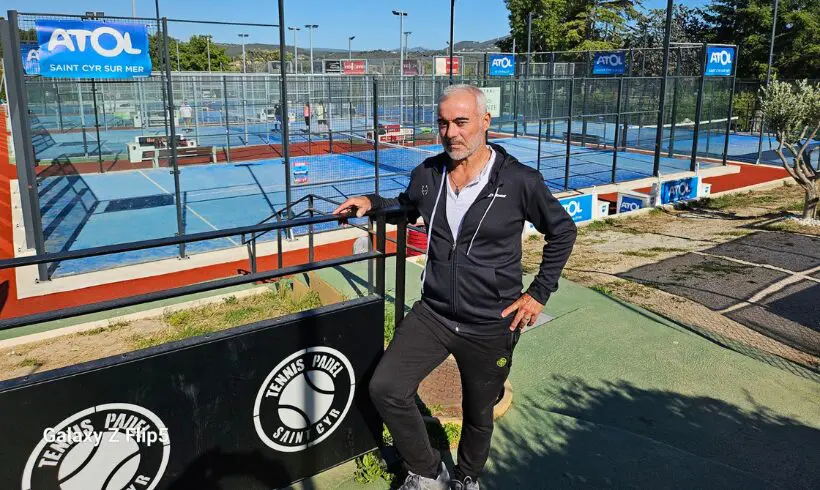 Alain Idier: “Adding tracks of padel, without sacrificing tennis”
Alain Idier: “Adding tracks of padel, without sacrificing tennis”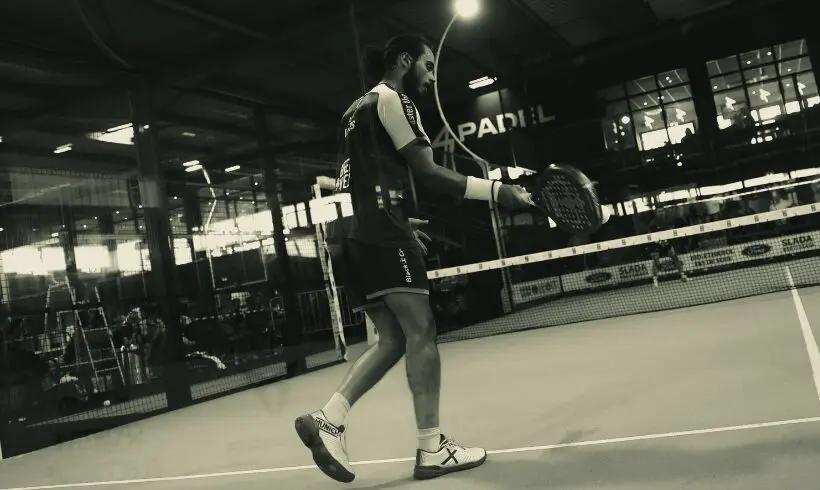 Manuel Vives: “It’s extremely difficult to get by financially”
Manuel Vives: “It’s extremely difficult to get by financially” Mind Padel Lyon and the Auvergne Rhône-Alpes League innovate with team tournaments
Mind Padel Lyon and the Auvergne Rhône-Alpes League innovate with team tournaments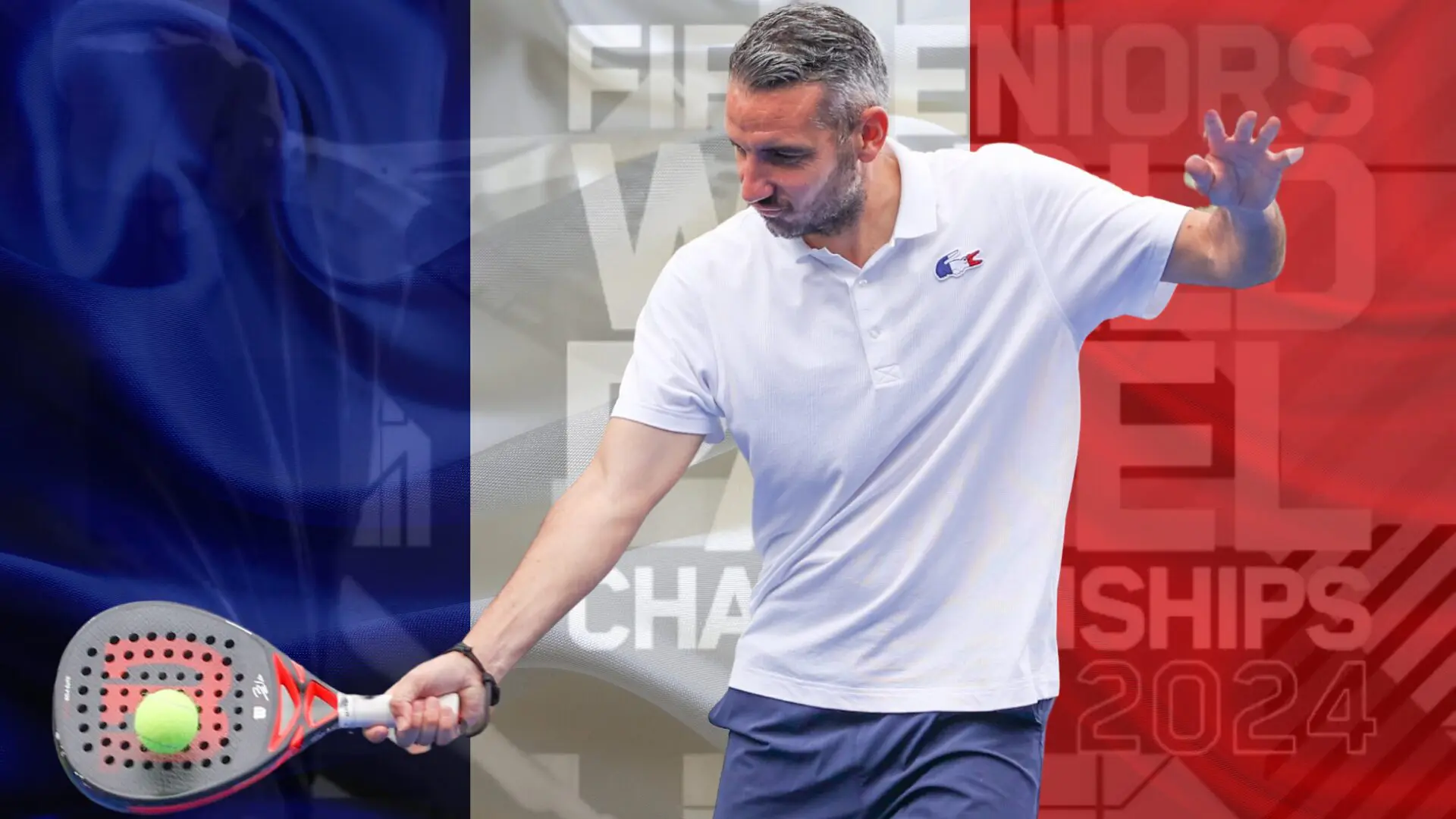 Simon Boissé: “We know that there are two nations in front of us”
Simon Boissé: “We know that there are two nations in front of us” Team PAX (Domingo / Xari) returns to victory
Team PAX (Domingo / Xari) returns to victory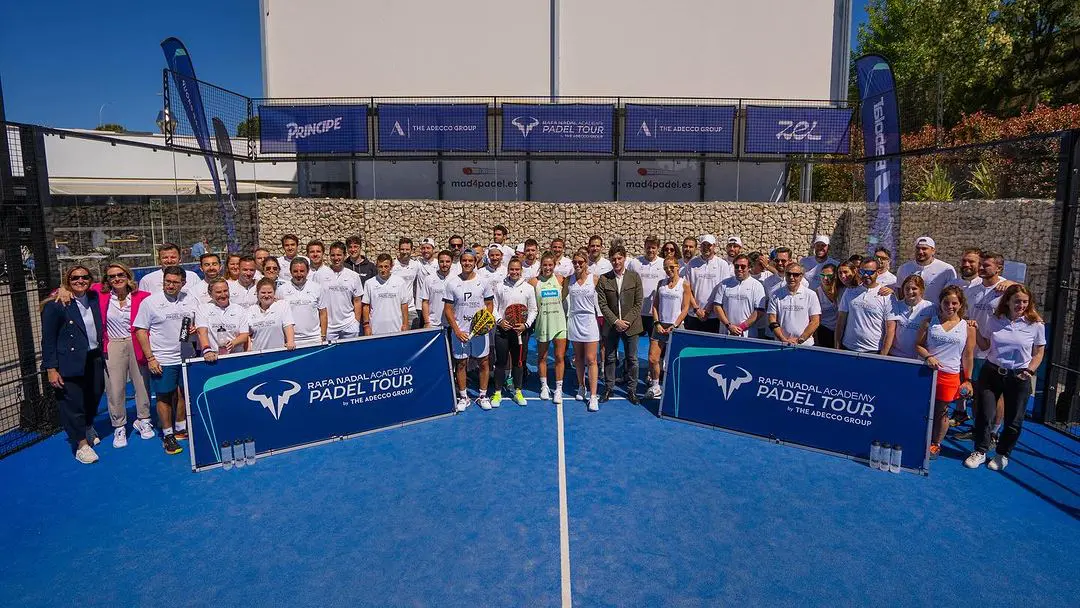 Do you know the Rafa Nadal Academy Tour?
Do you know the Rafa Nadal Academy Tour? Alex Ruiz: “Finding joy again with Momo”
Alex Ruiz: “Finding joy again with Momo”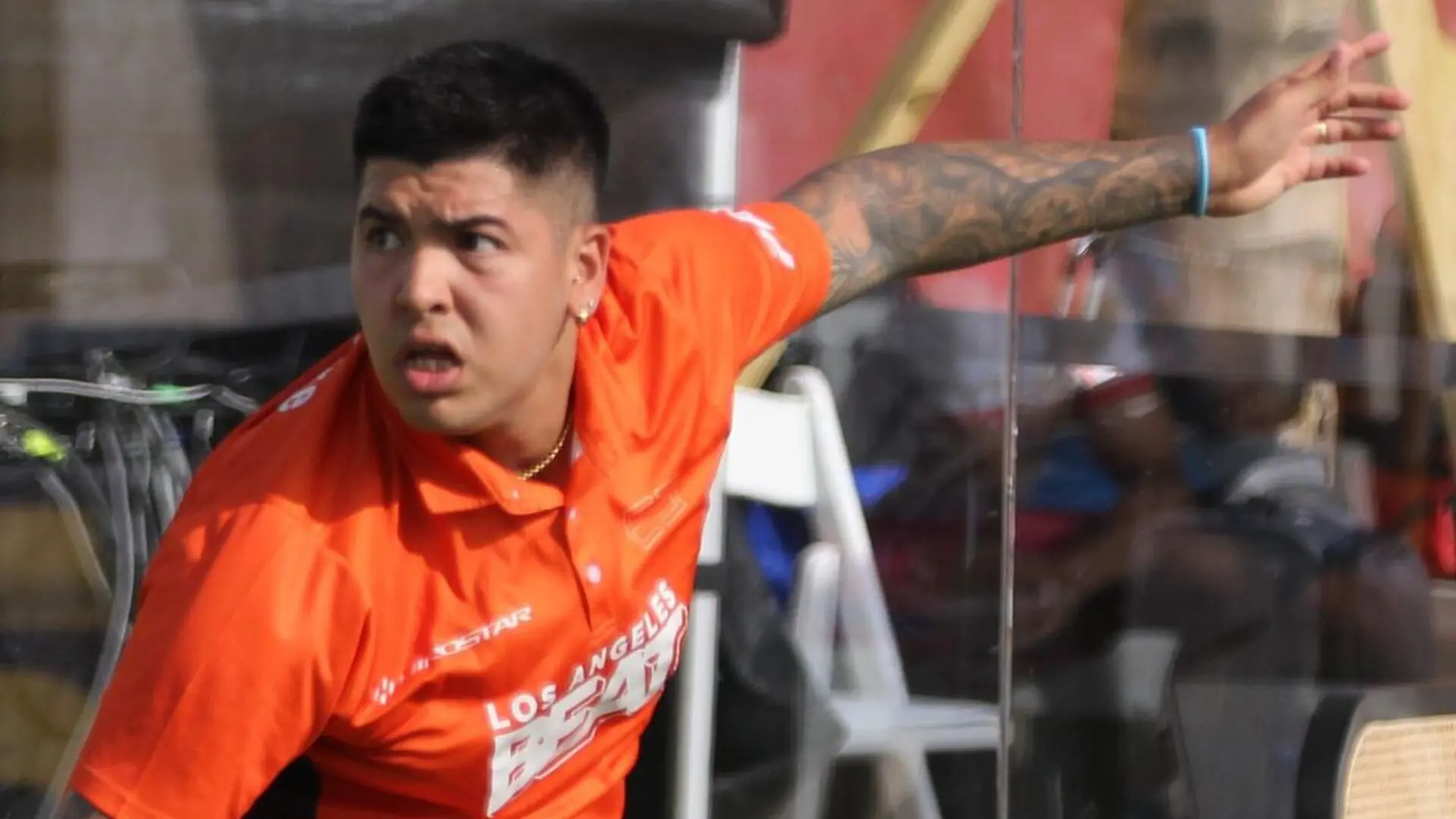 Nerone: “Tolito is not a normal player”
Nerone: “Tolito is not a normal player”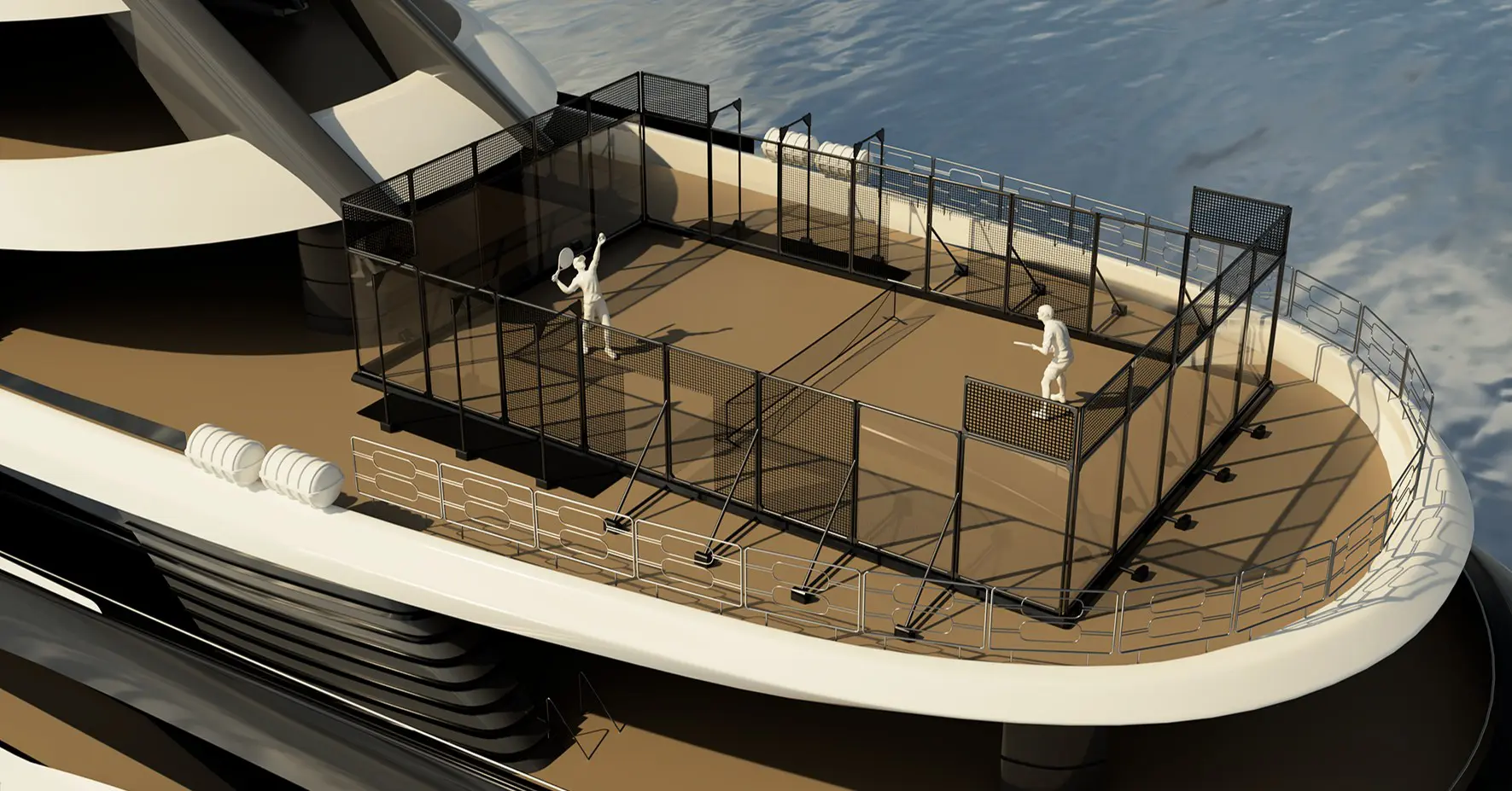 Play at padel on his yacht? Possible for €233.000!
Play at padel on his yacht? Possible for €233.000!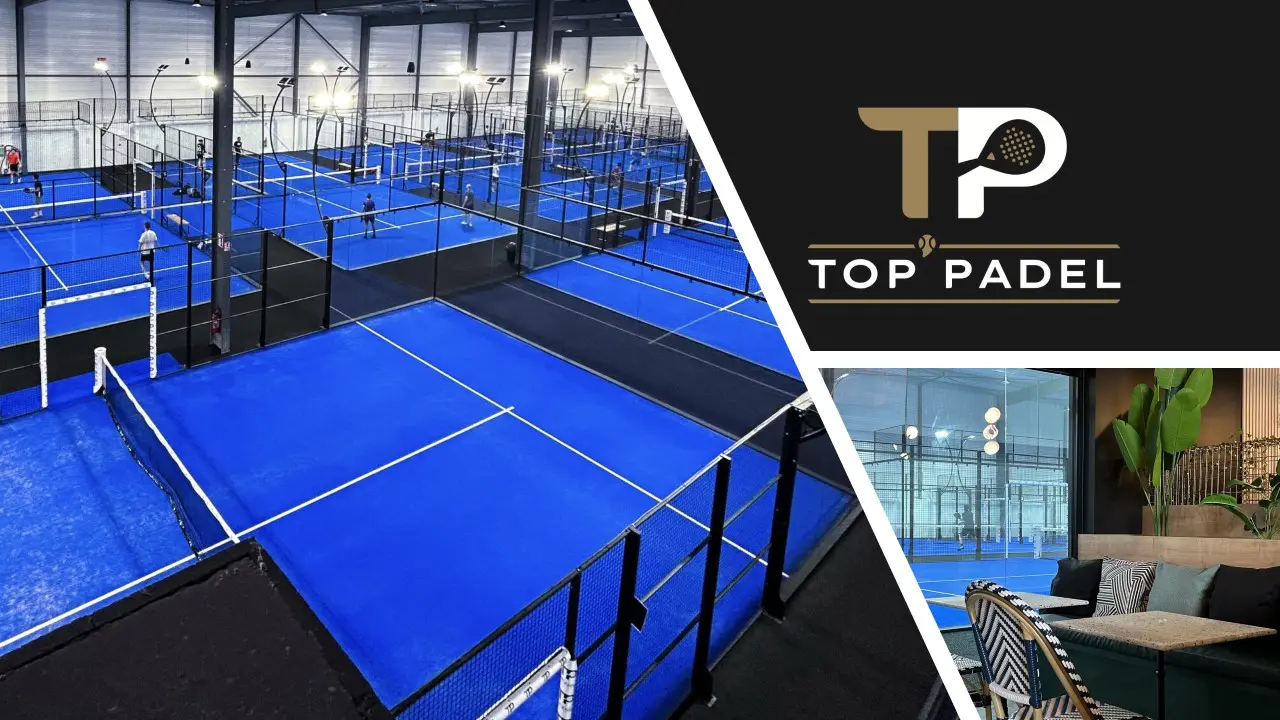 TOP Padel : “A premium club with 10 slopes in Toulouse”
TOP Padel : “A premium club with 10 slopes in Toulouse” Our Top 10 training courses padel in France and Europe
Our Top 10 training courses padel in France and Europe At the heart of padel – Episode 25: Paul and Andoni answer your questions
At the heart of padel – Episode 25: Paul and Andoni answer your questions Tactical padel – What to do when faced with players who systematically stay at the bottom?
Tactical padel – What to do when faced with players who systematically stay at the bottom?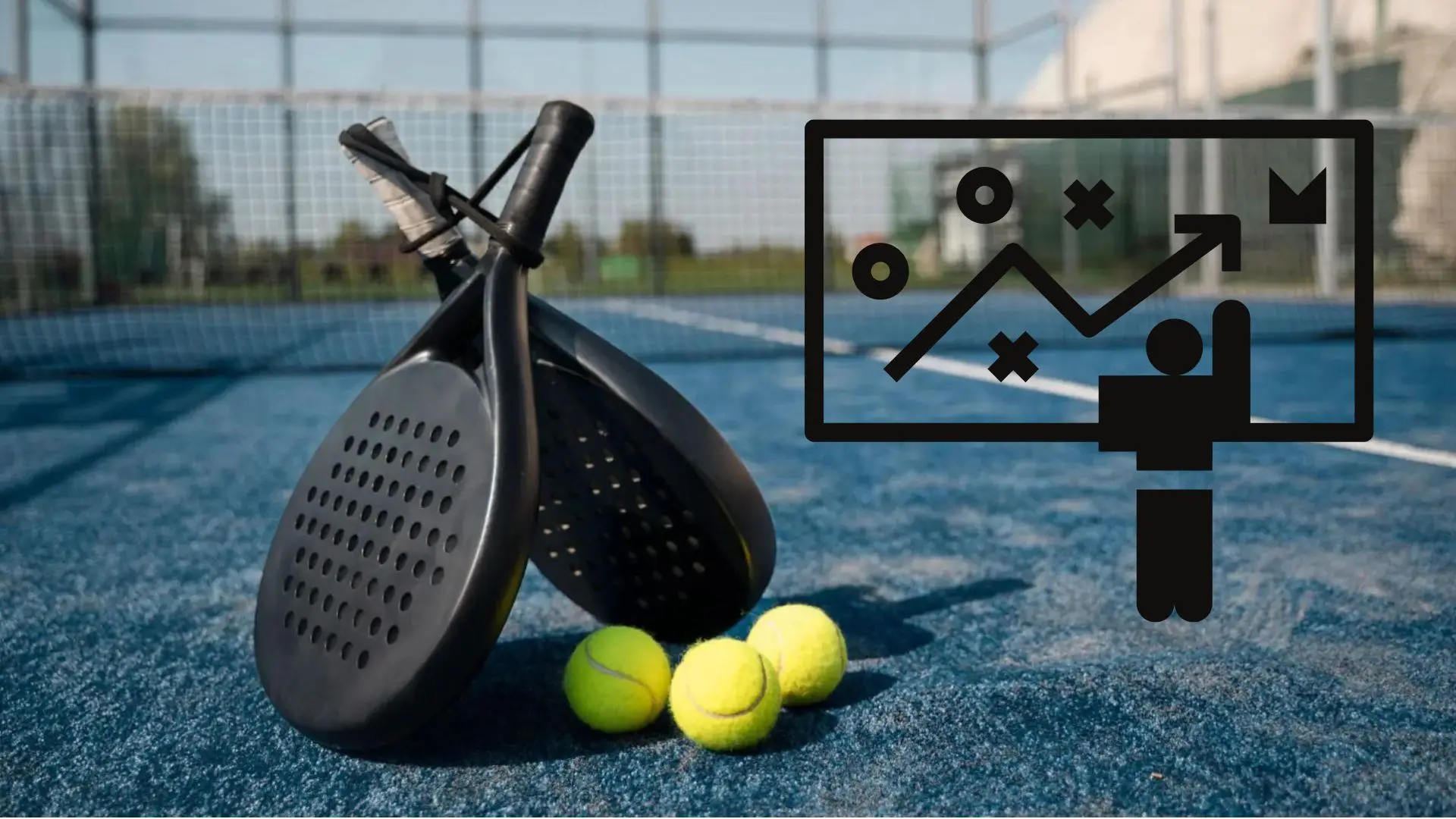 The basic tactics of padel
The basic tactics of padel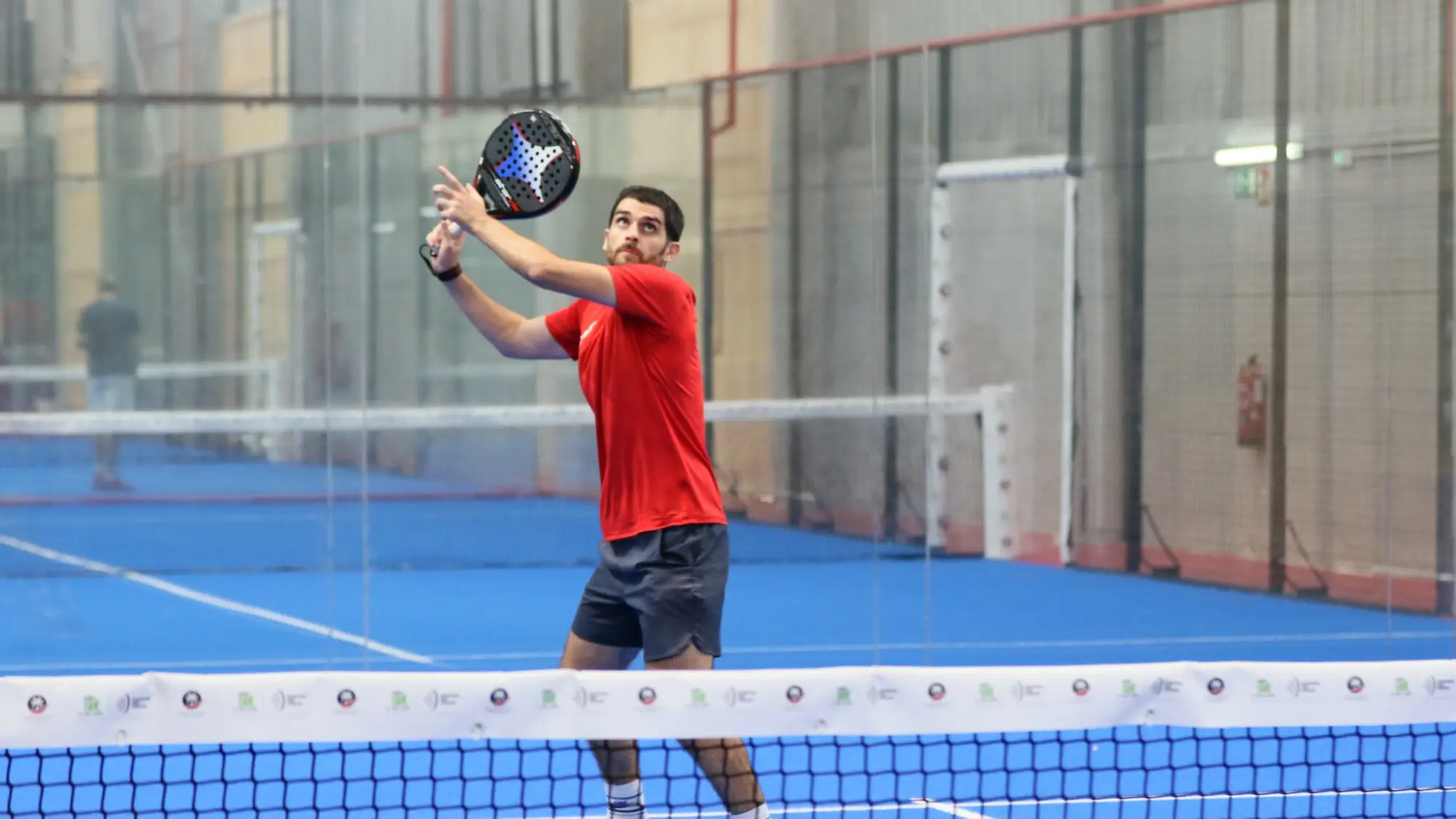 At the heart of padel – Episode 25: Paul and Andoni answer your questions
At the heart of padel – Episode 25: Paul and Andoni answer your questions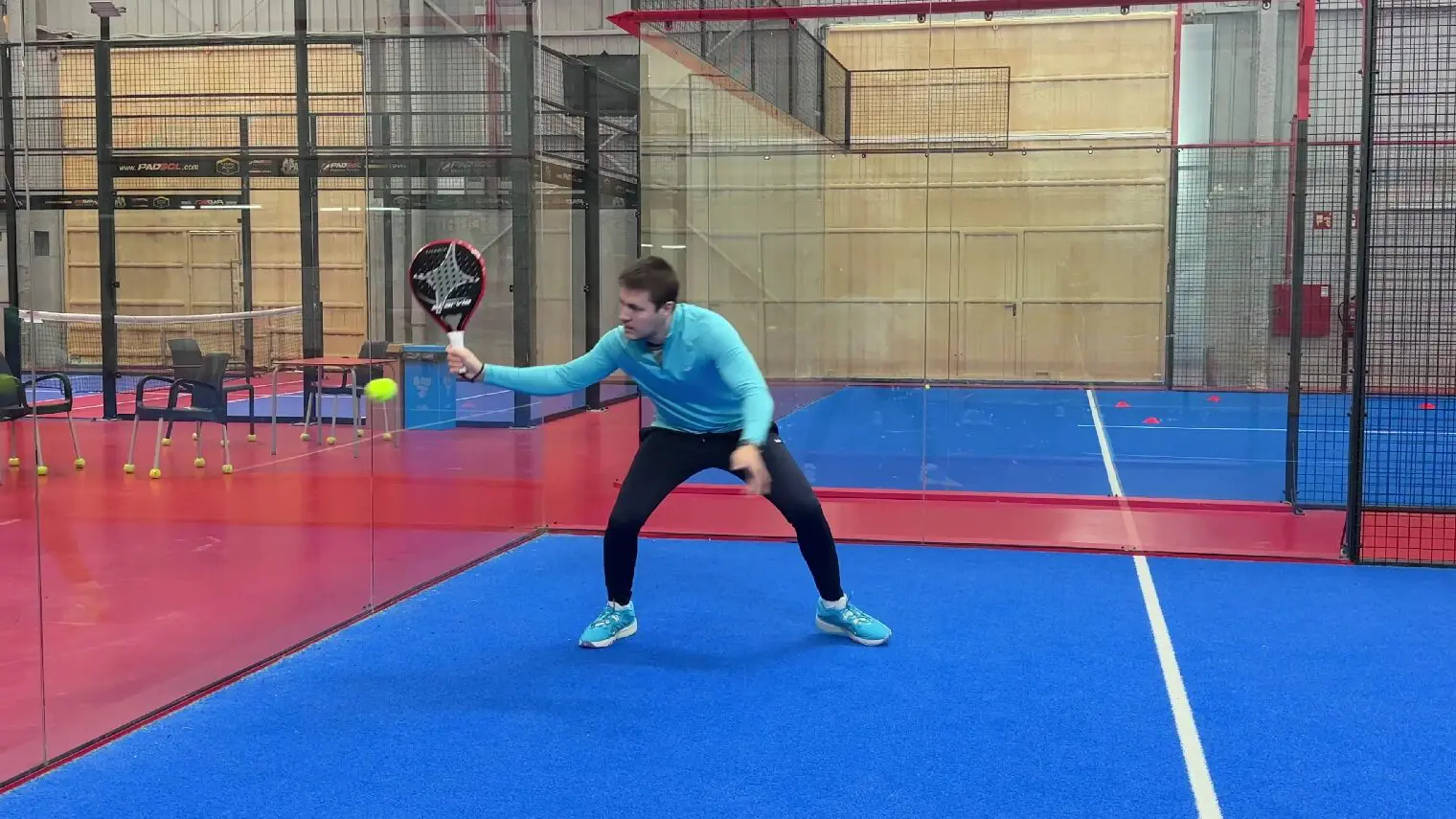 At the heart of padel – Episode 23: defend the window well
At the heart of padel – Episode 23: defend the window well Prohibition on playing topless Padel : the reasons
Prohibition on playing topless Padel : the reasons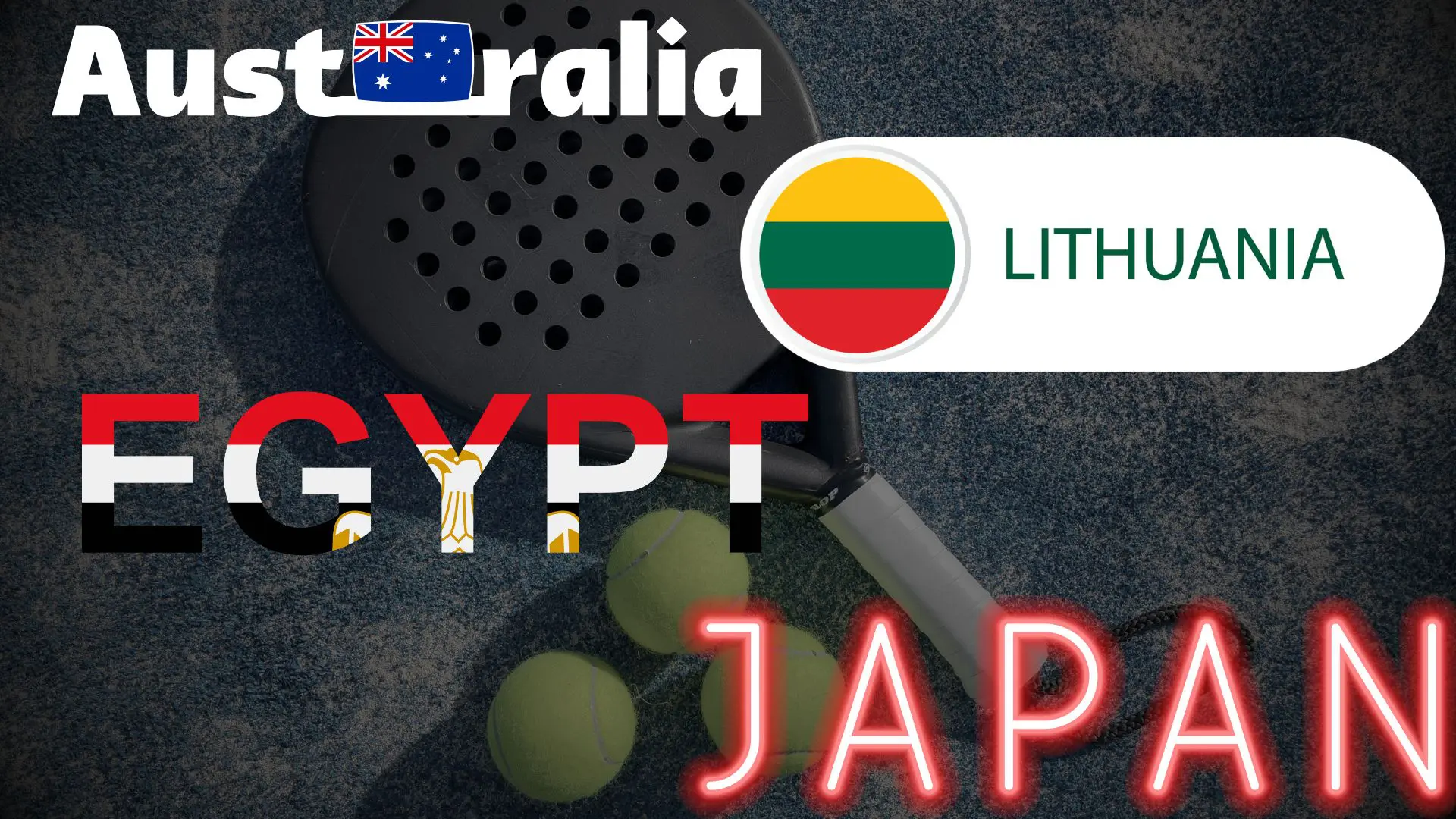 FIP Tour – Going far from Europe, THE strategy to earn points!
FIP Tour – Going far from Europe, THE strategy to earn points! What is a good football player? padel ?
What is a good football player? padel ? “Lefties give me headaches when I play against them!”
“Lefties give me headaches when I play against them!”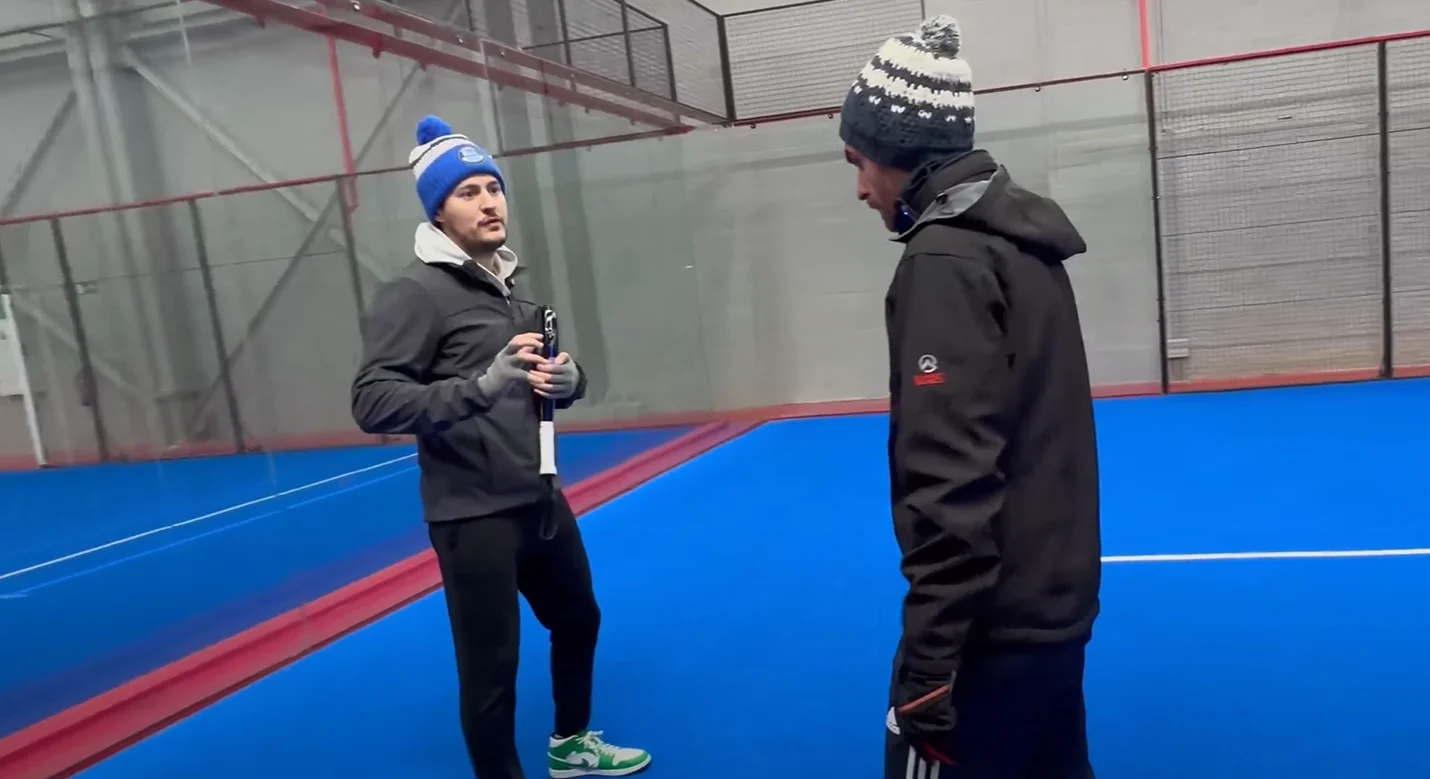 At the heart of padel – Episode 14: how to earn points in winter?
At the heart of padel – Episode 14: how to earn points in winter?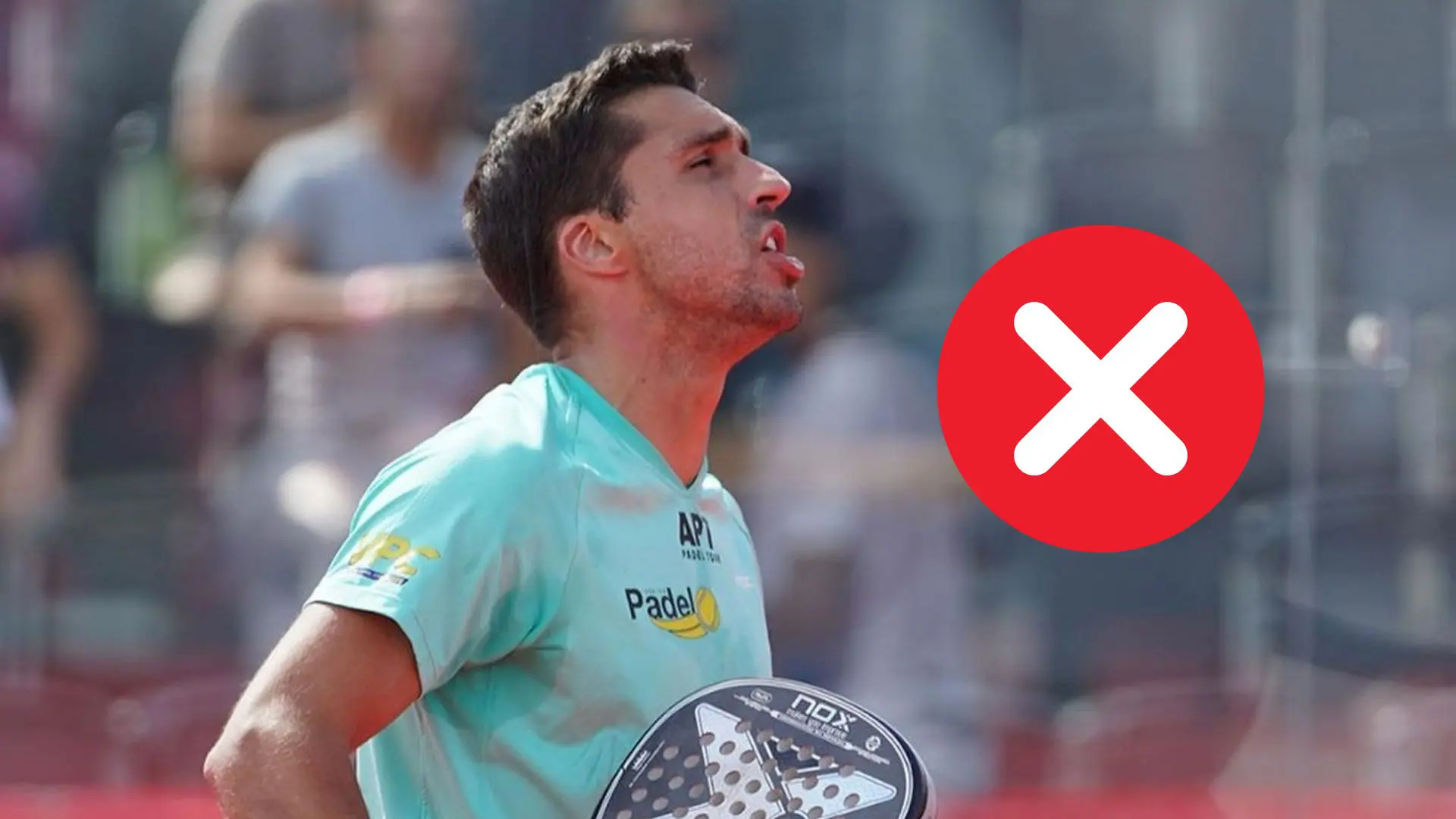 A par 4 is always a winner...even if you manage to defend it!
A par 4 is always a winner...even if you manage to defend it!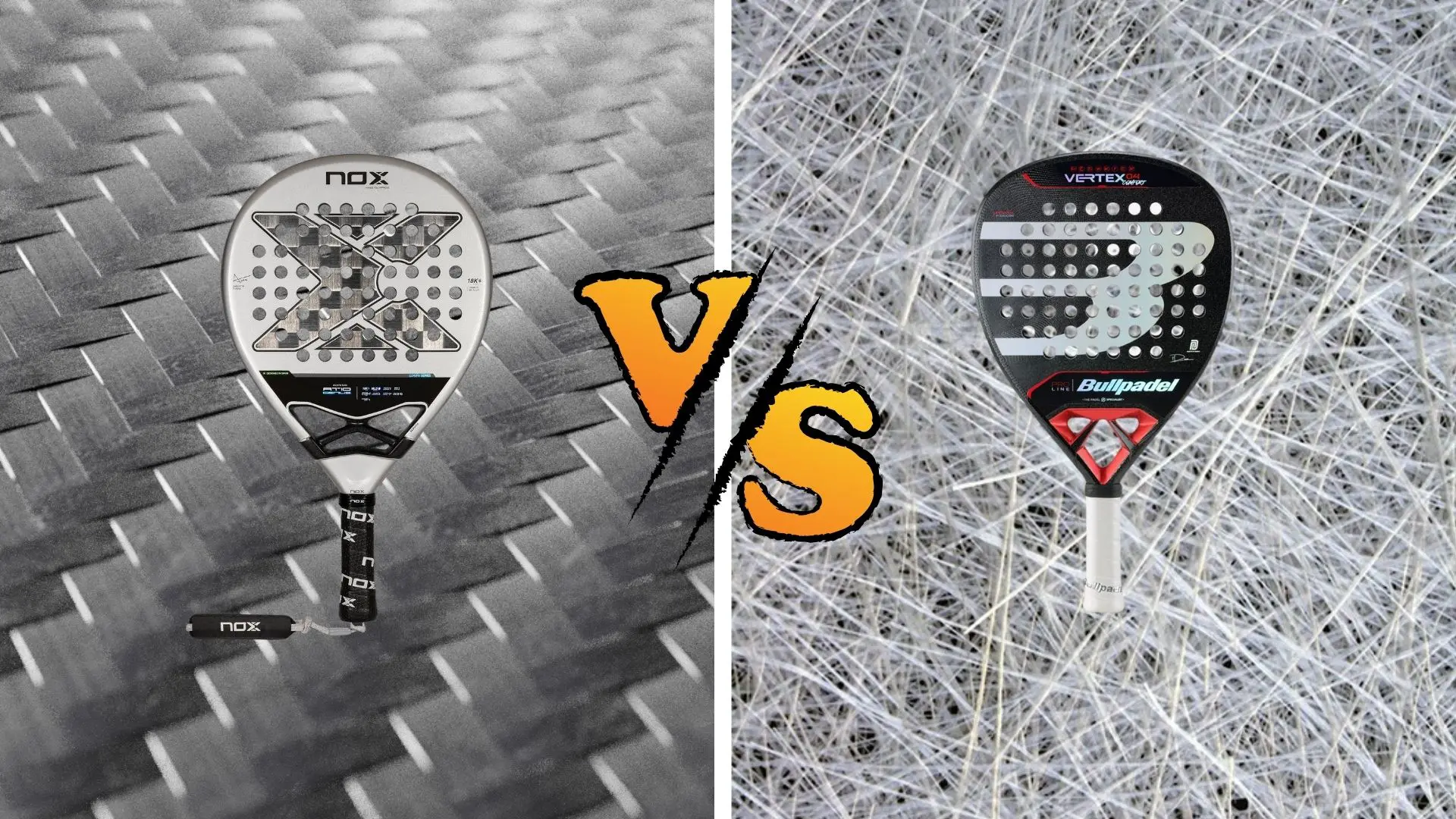 Carbon fiber VS fiberglass: what to choose?
Carbon fiber VS fiberglass: what to choose?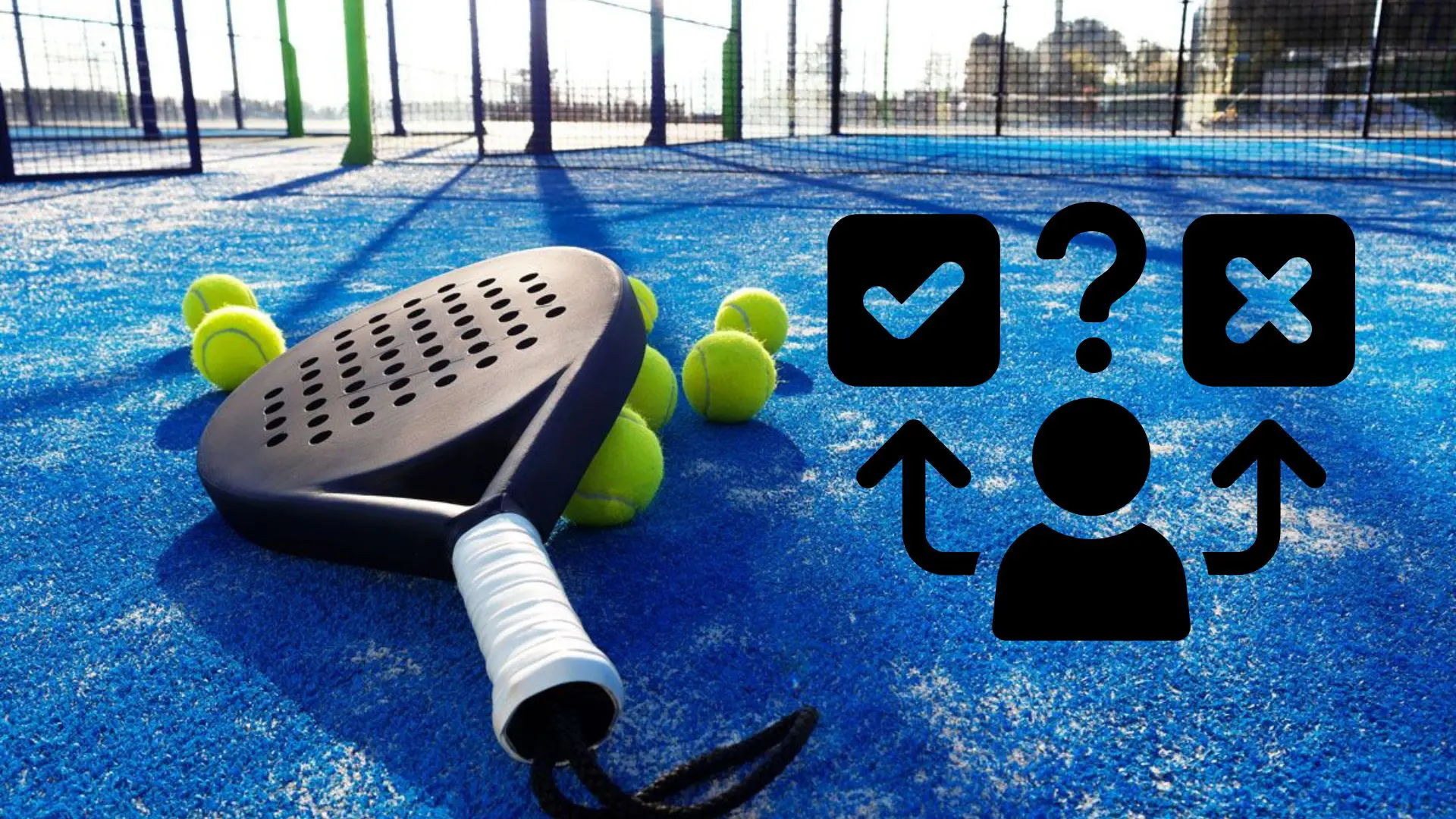 How to effectively test a racket padel ?
How to effectively test a racket padel ?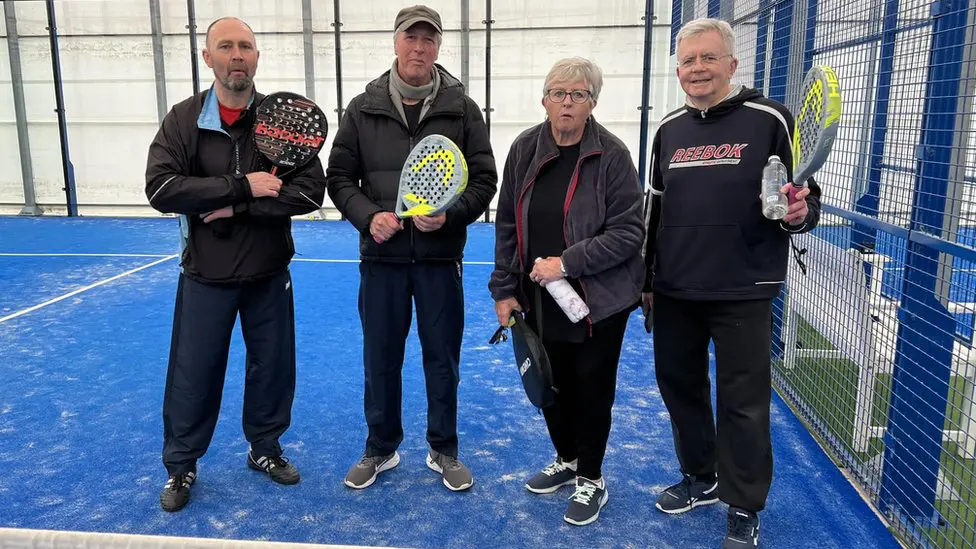 La padel to fight Parkinson's disease
La padel to fight Parkinson's disease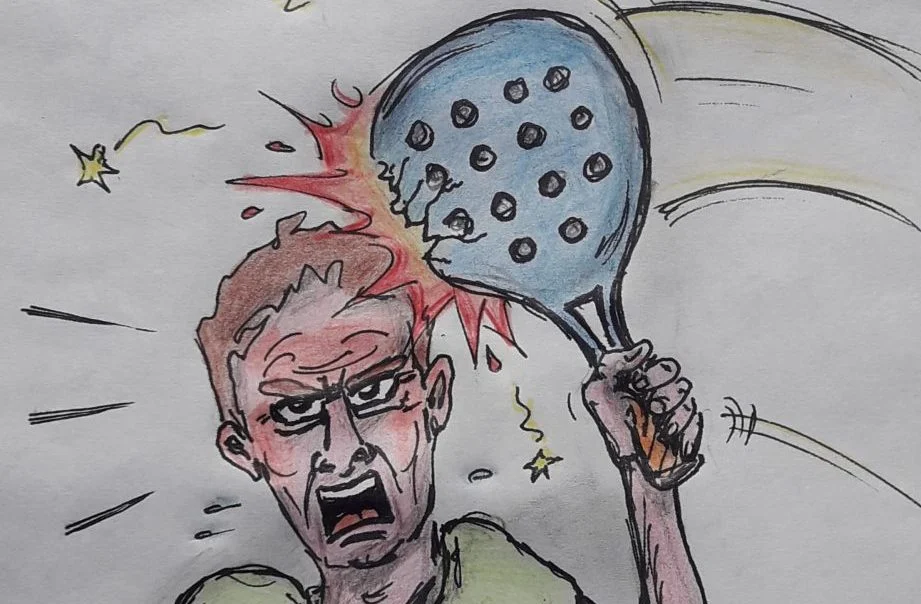 Don't play with a cracked or broken racket, your body will thank you!
Don't play with a cracked or broken racket, your body will thank you! Michel Cymes: “The padel, physically, it’s serious!”
Michel Cymes: “The padel, physically, it’s serious!”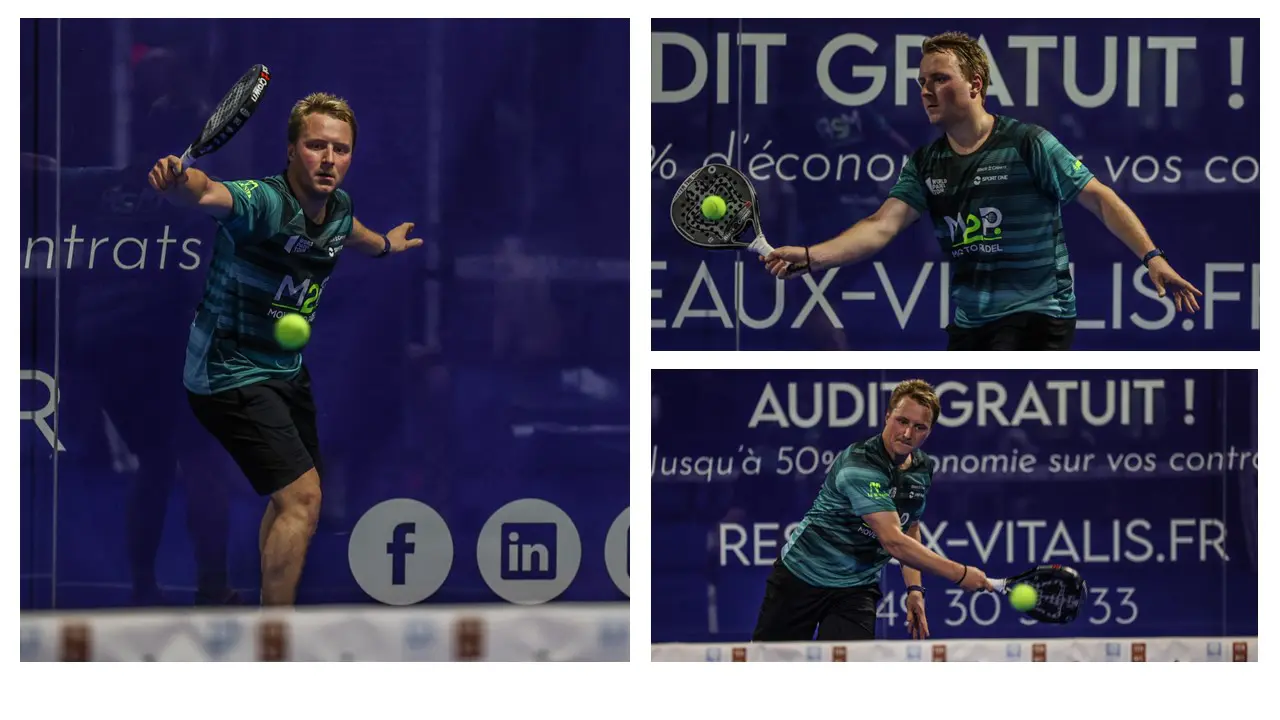 Jeremy Gala: “Promote the padel among young people in Belgium remains a challenge”
Jeremy Gala: “Promote the padel among young people in Belgium remains a challenge” The French Touch Academy organizes its selection day Padel-Study
The French Touch Academy organizes its selection day Padel-Study Report on the detection and training of younger generations
Report on the detection and training of younger generations